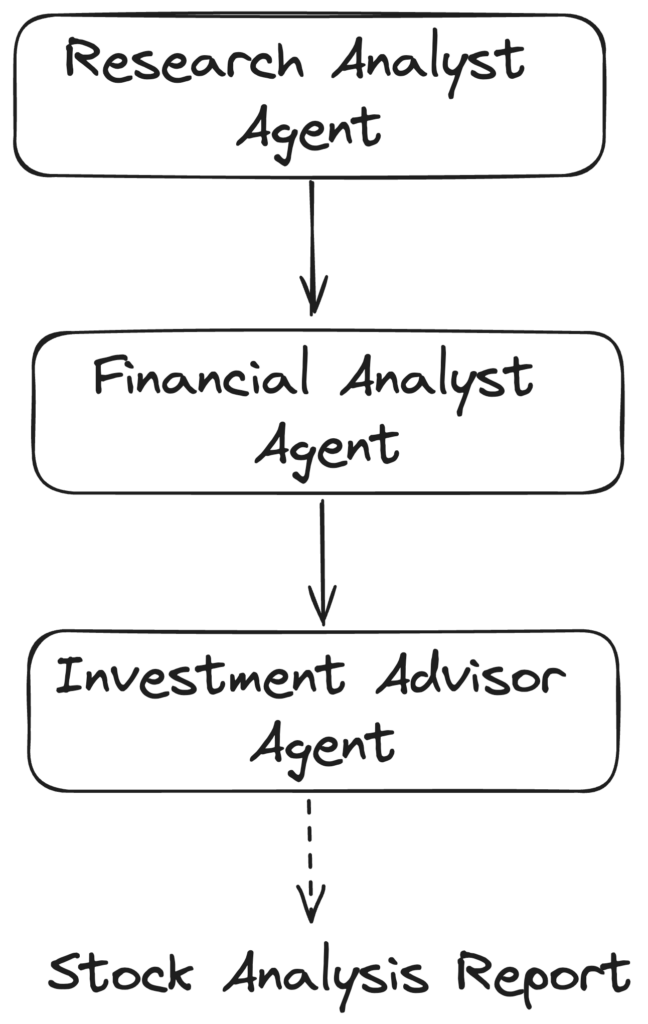20 Best Suggestions For Picking AI Stock Trading Websites
20 Best Suggestions For Picking AI Stock Trading Websites
Blog Article
Top 10 Tips To Assess The Security And The Privacy Of Ai Trading Platforms
As they handle sensitive personal and financial information, security as well as security are paramount when using AI trading platforms that forecast or analyze price of stocks. A data breach or misuse can cause significant financial losses as well as reputational damage. Here are the top 10 suggestions for evaluating security and privacy features of these platforms.
1. Assess Data Encryption
Data encryption during transit Verify that the platform is using secured protocols (e.g. TLS/SSL) that encrypt information between your device as well as their servers.
Secure transport of data: Check that the sensitive data being stored on a platform's servers has been encrypted with strong encryption standards, such as AES-256.
End-to-end encryption: Check that your platform has encryption from beginning to end for data and communications that are considered to be sensitive.
2. Assess the Authentication Measures
Two-factor authentication (copyright): Make sure that your platform supports this so that you can add additional security.
Biometric authentication - Check to see if there are biometric options for mobile app login (e.g. finger fingerprint or facial recognition, etc.).
Password policies: Find out if the platform enforces strict policies regarding passwords (e.g. minimum length or complexity requirements).
3. Examine for Regulatory Compliance
Financial regulations: Ensure that you are in compliance with the applicable financial regulation (e.g. SEC FINRA MiFID II).
Law on data protection: If you conduct business with an area that is legally governed by these laws, ensure the compliance.
Audit certifications. Find out if the platform is certified by third-party security tests or has been accredited (e.g. SOC 2 and ISO 27001).
Review Controls for Accessing Data
Role-based access: Make sure the platform uses role-based access controls (RBAC) to limit data access to authorized users.
Permission levels: Verify that you are able to give different permissions to members or members.
Activity monitoring: Find out if the platform logs and monitors user activities for any suspicious activity.
5. Examine Vulnerability Management
Regular updates: Ensure that your platform is updated regularly its software to address vulnerabilities.
Testing for penetration: Check that the platform has been subjected to regular penetration tests to find and correct security vulnerabilities.
Look for bug bounty programs. They are created to inspire other security researchers (such as Google) to disclose security issues.
6. Evaluate Data Privacy Policies
Transparency Privacy Policies: Read the privacy policies of the platform to understand what data you provide will be collected, used and shared.
Data minimization: Ensure that the platform collects only the data needed for its function.
Third-party sharing: Check whether the platform is sharing data with third parties, and If so, under what conditions.
7. Secure API Use is Ensured
API security: Make sure the API of the platform API utilizes authenticated methods that are secure (e.g., OAuth, API keys) and also encrypts data exchanges.
Rate-limiting: Determine if the API has a limit on rate to stop abuse and brute force attacks.
Verify the logs of access. Verify that the system tracks API usage, and logs it for monitoring.
8. Assess the Recovery and Response to Incidents
Incident response plans: Make sure that the platform you're using has an clearly-defined incident response plans. The plan should include the handling of data and security breaches.
Notification policies: Determine whether the platform informs users promptly in the event of a security breach.
Data backups: Check that the platform is backed up with its data frequently and has a disaster recovery plan.
9. Evaluate the physical security measures
Data center security: Ensure the servers of the platform are located in secure data centers that have physical security measures (e.g. surveillance, access control).
Redundancy: Verify whether the platform is equipped with redundant systems in order to guarantee that data is available in the event in the event of a hardware malfunction.
Examine the geographical distribution of data to ensure its resilience.
10. Check the privacy settings of your users
Data deletion - Make sure that you delete your personal data completely from the website when you decide to stop using the platform's services.
Privacy settings: Make sure that there are privacy settings available that let you limit the information shared and visible.
Check for anonymization. This is important when you use the platform for analysis or machine-learning.
Bonus Tips
User reviews and reputation Check out the feedback and reviews of users to understand the level of security and privacy a platform is.
Trial period - Try the demo or trial version of the software to test its security features as well as privacy controls.
Support for customers: Ensure that your platform provides a robust support for customers with security concerns or problems.
Use these guidelines to assess the security and privacy level of AI stock prediction/analysis trading platforms. So your personal information and financial details are safe. A secure platform not only protects your assets, but can also build confidence and trust in its services. Take a look at the best click this about investment ai for blog info including trade ai, ai stocks, best ai stock, best ai stocks to buy, ai trading platform, chart ai for trading, ai copyright signals, trading ai, copyright ai bot, ai stock picker and more.
Top 10 Tips On Assessing The Scalability Of Ai Stock Predicting/Analyzing Trading Platforms
It is important to assess the scalability and performance of AI-driven trading and stock prediction platforms. This will ensure that they can handle growing data volumes as well as market complexity and user demands. Here are 10 top tips for evaluating scaling.
1. Evaluate Data Handling Capacity
Tips: Make sure the platform can analyse and process large data sets (e.g., historical stock data, live market feeds, as well as alternative data like news or social media).
Why: Scalable platforms must manage increasing volumes of data without performance degradation.
2. Test Real-Time Processing Capabilities
TIP: Examine how the platform processes live data streams, for example, live stock prices or breaking news.
The reason: Inconsistent trading decisions can result in missed opportunities.
3. Check for Cloud Infrastructure and Elasticity
Tip: Determine if the platform is using cloud-based infrastructure, e.g. AWS or Google Cloud.
Why: Cloud platforms offer flexibility, allowing systems to expand or contract according to demand.
4. Algorithm Efficiency
Tip : Check the computational effectiveness and the accuracy of AI models for predictions.
The reason: Complex algorithms can consume a lot of resources. Optimizing them is essential to scale them.
5. Explore the possibilities of Parallel Processing and Distributed computing
Check to see if your system is running parallel processing or distributed computing (e.g. Apache Spark, Hadoop).
The reason: These technologies allow more efficient data processing and analysis across a variety of nodes.
Review API Integration and Interoperability
Test the platform’s ability to connect external APIs.
Why? Because the platform is able to adapt to changes in markets and sources of data due to the seamless integration.
7. Analyze User Load Handling
Tip: Simulate the impact of high user traffic to test how the platform does under stress.
Why? A scalable platform should be able to keep up with performance as the number of users increases.
8. Review the Model Retraining Adaptability
TIP: Assess how frequently and efficiently AI models are trained with new data.
The reason is that markets always change It is crucial to update models regularly.
9. Check for Fault tolerance and redundancy
Tip: Check that the platform has failover mechanisms and redundancy in the event of software or hardware failures.
The reason trading can be costly, so fault tolerance and scalability are essential.
10. Monitor Cost Efficiency
Examine the cost of your platform that includes cloud resources, storage and computation power.
Why: It's important to ensure a healthy equilibrium between the performance costs and expenses.
Bonus Tip Future-Proofing
ensuring that the platform will be able to adapt to new technology (e.g. advanced NLP quantum computing, quantum computing) as well as regulatory changes.
By focusing your attention on these elements and focusing on these factors, you can evaluate the capacity of AI prediction as well as trading platforms. This ensures that they will be robust, efficient, as well as ready for further expansion. View the best ai coin price prediction for website info including ai for investing, ai trading tools, ai trading bot, ai stock trading, ai trading tools, ai for trading, ai stock market, ai coin price prediction, best ai for stock trading, best ai trading platform and more.